Eurozone PMI Services was finalized at 48.5 in October, down from September’s 48.8, a 20-month low. PMI Composite was finalized at 47.3, down from prior month’s 48.1, a 23-month low. Looking at some member states, Germany PMI Composite dropped to 45.1 (29-month low), Italy to 45.8 (22-month low), Spain to 48.0 (9-month low), France to 50.2 (19-month low), and Ireland to 52.1, (2-month low).
Joe Hayes, Senior Economist at S&P Global Market Intelligence said:
“After a weak third quarter of PMI and official GDP data, the latest survey results for the start of the fourth quarter suggest the eurozone economy is now headed for a winter recession. High inflation is dampening demand and hurting business confidence. Fears that the energy crisis could intensify over the winter period are also feeding uncertainty and weighing on decision-making.
“Nonetheless, the ECB will want to continue with monetary tightening to contain inflation. October PMI data suggest inflationary pressures remained extremely elevated across the eurozone. We did, however, see some dovish tones in the rhetoric surrounding the ECB’s October policy decision, clearly showing that the Governing Council are concerned by the rapidly deteriorating economic outlook. A substantial worsening of economic conditions in the coming months may give policymakers a difficult decision to make with regards to the path of monetary tightening, for fear of being too aggressive and prolonging the downturn.”
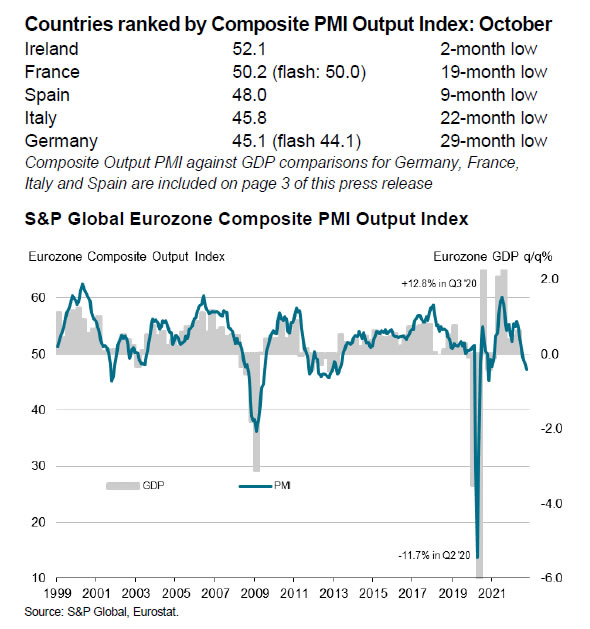
Full release here.




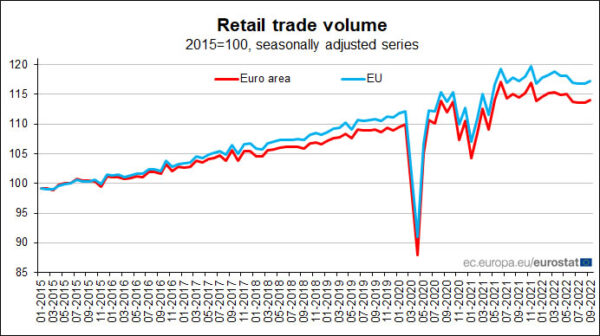
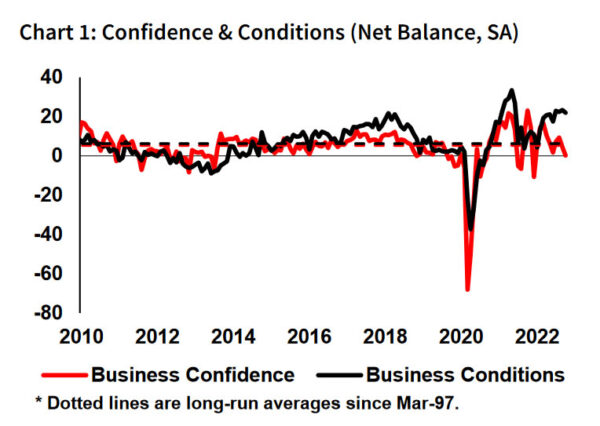
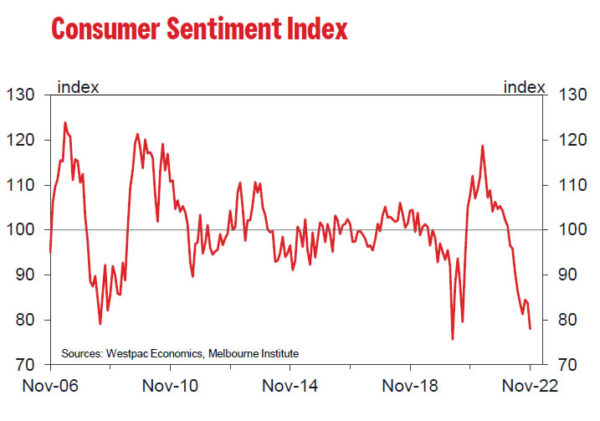
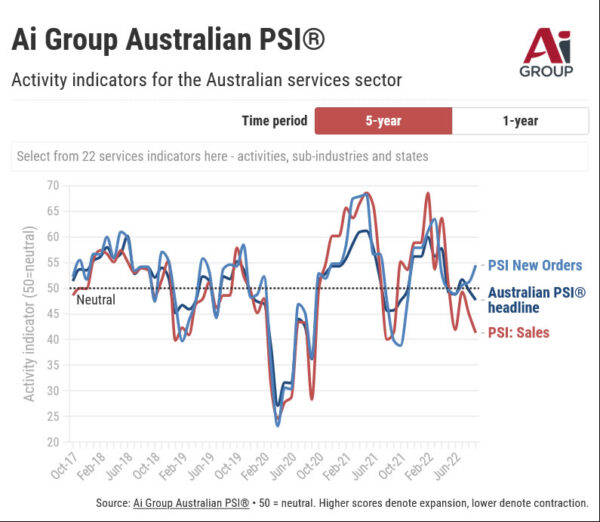
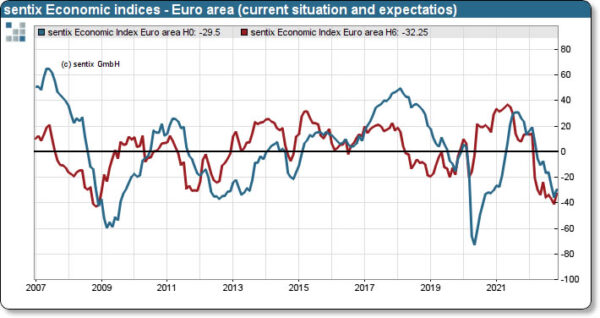
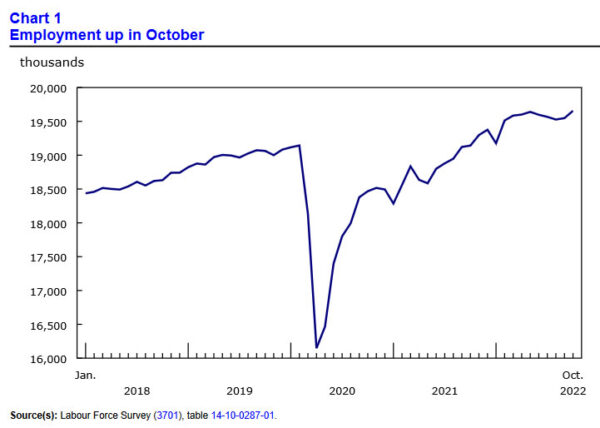
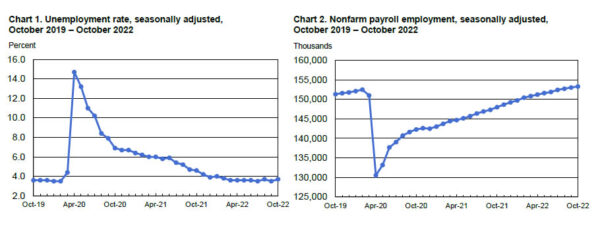
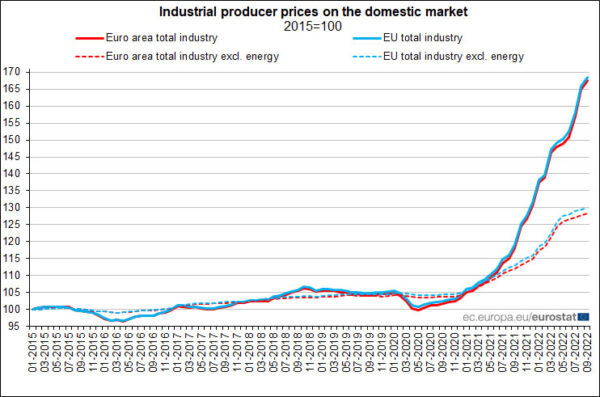

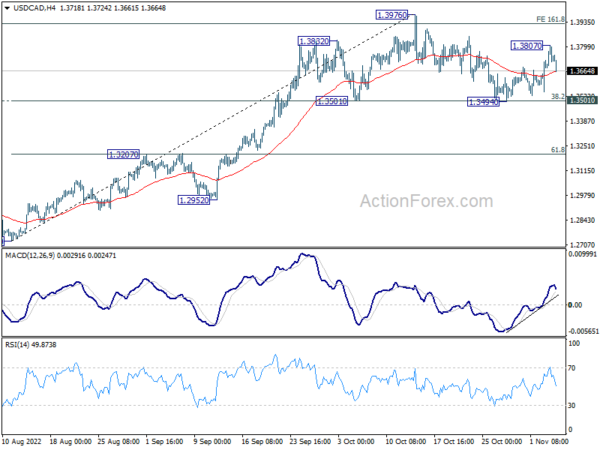
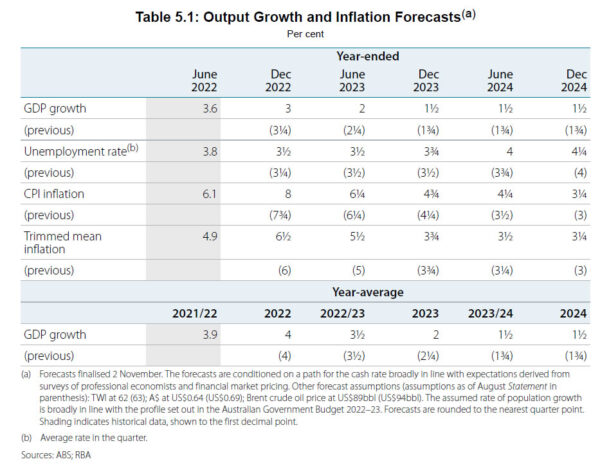

BoE Pill: We have done some, still more to do
BoE Chief Economist Huw Pill said at a conference that recent market turmoil in the UK led to some “de-anchoring” of inflation expectations. “What we’re most concerned about is whether this self-sustaining inflation will persist,” he said.
He added that officials at BoE have “more to digest” about how the government’s plan will impact the economy. They will look carefully at the budget due November 17.
Regarding interest rates, “we have done some, and I think there is still more to do,” Pill said. “At some point you have to think what level of rate is appropriate.”